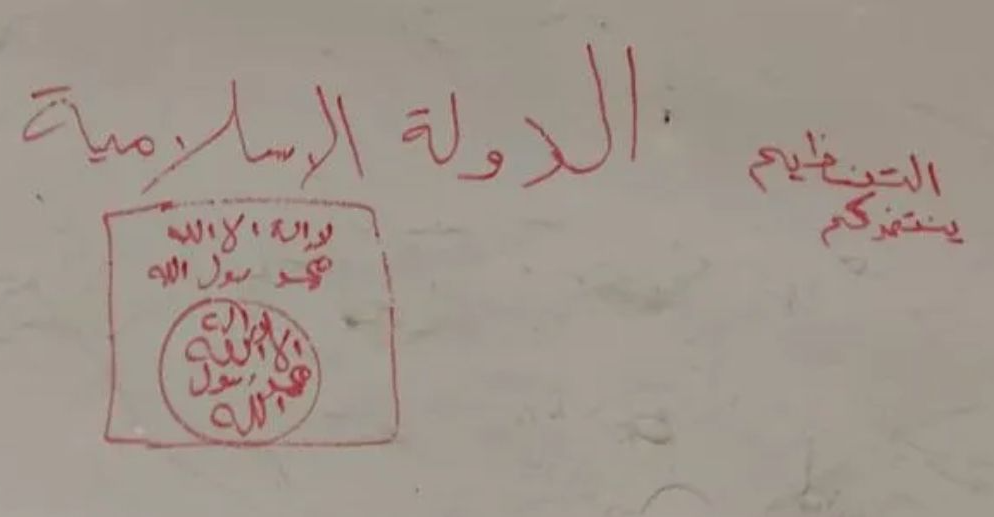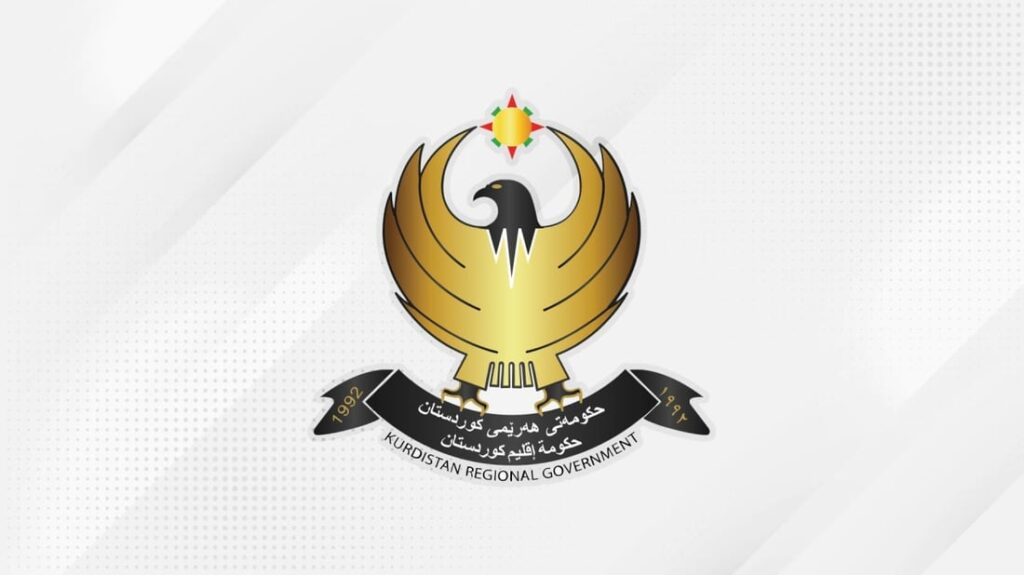Smaquli flooding sparks discussion on government accountability

Shaswar Abdulwahid announced in a Facebook post earlier this week that if the Kurdistan Regional Government (KRG) and local authorities did not prevent him, he would repair it in “12 hours” on Tuesday.
“And instead of saying that it would cost $2 million dollars, we would fix it for only $20,000,” Abdulwahid said. “It is a shame that this road has been this way for three years now. The government is incapable of fixing it while thousands of people between Erbil and Sulaimani and Pishdar and Bitwen are using it.”
His words immediately prompted the government to send a team of its own to find a solution and prevent New Generation engineering teams, which hold no governmental posts, from addressing it.
Abdulwahid received praise and condemnation on social media following his announcement.
“I am certain that the government fearing you will fix it as soon as possible. If you fix it or they do it, in both cases, the achievement goes to you,” Mordan Nawzad, wrote, commenting on Abdulwahid’s Facebook post.
“What is really important for us is that we want rich people and the philanthropists to take great initiatives and serve their own people,” wrote Ahmad Hassan, welcoming Abdulwahid’s initiative.
Rudaw English and some other media which went to the site on Tuesday were barred by Kurdish security (Asayesh) for not having prior authorization. The Asayesh threatened to confiscate their mobile phones and cameras if they photographed the area.
A security member told Rudaw English early on Tuesday that the New Generation teams were forbidden from “getting close to the place.”
“The government allocated funds for the repair of the dam a long time ago, but continued heavy raining this winter did not let technical teams to come and work on it,” Smaquli Gali village chieftain Atam Hamad told Rudaw English near the reservoir under a canopy of a small shop as rains fell.
The New Generation leader claiming he was repairing the bridge was merely “political rhetoric,” according to Hamad.
An official, who described himself as the supervising engineer of the dam, described attempts by authorities so far to fix the road as “failing” and “futile.”
A few dozen meters from the flooded road lay several long concrete pillars originally intended to create a bridge over the inlet for the reservoir.
The engineer pondered why the government is in a “rush” to fix the temporary road, arguing they should work on the original one.
The government should finish original road, argues a Kurdish political commentator because it is just 50 meters from the makeshift road and closer to the reservoir’s inlet.
Arif Qurbani told Rudaw English that Abdulwahid’s actions were expected given that he is the leader of an opposition group with 8 seats in the 111-seat Kurdistan Region Parliament.
He believes Abdulwahid “embarrassed” the government forcing it “to take this hurried step.”
Speaking of the public’s reaction, Qurbani said: “people understand that this is a political game, but they are not interested in such games at the end of the day. They want someone to serve them.”
He believes Abdulwahid will take similar steps because he was “successful” in his first bid.
The reservoir was created three years ago following the creation of the dam. It continues to see rising water levels. The Kurdistan Region is trying to build its water reserves as Iran and Turkey continue to dam rivers upstream.
An international water expert told Rudaw English in general that “just holding water for the sake of evaporation is silly.”
"Everyone is building dams. As long as they are used properly it’s OK, so long as they do not hold more water than is needed,” said Nature Iraq founder Azzam Alwash.
Alwash was asked how governments typically deal with road crossings over bodies of water, when reservoirs are still filling.
"Normally, the dam should be designed properly,” he said. “Roads go over the dam because then you do not need a bridge over a reservoir, if they estimate they Q100 [peak flow rate for the 100 year period] properly.
“However, we haven't seen these types of conditions for a long time,” referring to the amount of surface water.


